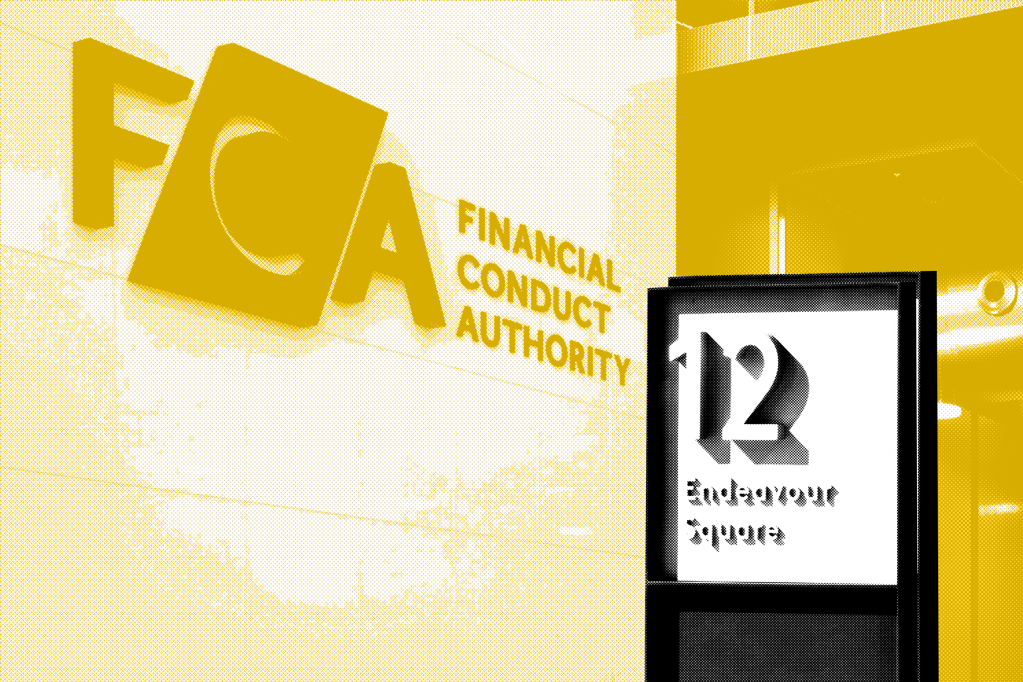Investment advisers continue to struggle to unpick the complexities of the SEC’s new marketing rule, which came into force late last year, on November 4, 2022, in the shape of substantial amendments to Rule 206(4)-1.
For many, the 18-month transition period had posed more questions than answers, and firms entered the new ‘in-force’ period in a state of confusion rather than empowered compliance. Critics say while the wording is clear, the application is complex and lacking much-needed regulatory clarity.
Anxiety was fuelled when the SEC issued a a Risk Alert on September 19, 2022, in which it said it wanted to “inform SEC-registered investment advisers […] about upcoming review areas during examinations” focused on the new marketing rule.
Questions addressed
The SEC addressed some of the questions raised in a FAQ update published on January 11, 2023, stressing that the information given was guidance with no legal force or effect. The areas addressed were;
Compliance date: The question of whether advisers could choose to comply with some of the marketing rule requirements before the compliance date,. But not others, had been raised. The answer is a straight “No”. The advice is: “An adviser may choose to comply with the amended marketing rule in its entirety any time starting on the effective date, May 4th, 2021. Until an adviser transitions to the amended marketing rule, the adviser would continue to comply with the previous advertising and cash solicitation rules and look to the staff’s positions under those rules.”
The note also says that “when advisers transition to the amended marketing rule, they will need to implement any revisions to the written compliance policies and procedures necessary so that they are reasonably designed to prevent violations of the amended marketing rule” and reminds advisers that they are required to “maintain a copy of all compliance policies and procedures in effect at any time within the previous five years, and that it should be clear when those policies and procedures were in effect”.
Time period requirement: Some clarity on whether firms were able to use interim performance information in an advertisement was sought. The SEC advice is that “The staff would not object if you are unable to calculate your one-, five-, and ten-year performance data in accordance with rule 206(4)-1(d)(2) immediately following a calendar year-end and you use performance information that is at least as current as the interim performance information in an advertisement until you can comply with the calendar year-end requirement”.
Gross and net performance: Advisers have asked if it is allowable to display the gross performance of one investment from a group of investments as a case study without showing the net performance of the single investments and group of investments. The note’s adive is that “displaying the performance of one investment or a group of investments in a private fund is an example of extracted performance under the new marketing rule … Accordingly, an adviser may not show gross performance of one investment or a group of investments without also showing the net performance of that single investment or group of investments, respectively.”
Substantial amendment
The SEC’s new marketing rule is a substantial amendment to Rule 206(4)-1 of the Investment Advisers Act of 1940, which sets the rules around what and how they can market and advertise services and products. The amendment to Rule 206(4)-1 is the biggest change in over 60 years and consolidates a series of rules into one overarching marketing rule.
As noted above, the implementation of the SEC’s new Marketing Rule has not been without challenges – whether it’s through lack of clarity, inability to access relevant data, or otherwise. While the SEC implemented an 18-month transition period, there is a feeling that 18 months wasn’t long enough given the complexity of the amendments.
The Investment Adviser Association’s 2022 Investment Management Compliance Testing Survey found that 75% of respondents identified advertising and marketing as their “hottest compliance topic” for the second year running. This could be for myriad reasons.
One such example is the new hypothetical performance rule, which precludes firms from providing hypothetical performance information in advertisements unless they have a clear grasp of the audience’s likely investment objectives and financial situation. This is an ambiguous and difficult to apply rule as firms will not generally be able to understand the bespoke circumstances of each individual in a mass marketing campaign. As such, the rule appears to – though not expressly – prevent firms from advertising hypothetical performance to a mass audience as the group will be too large. It is for instances such as this that the industry has sought out wider regulatory guidance.
So a “wait and see” approach has emerged, where firms aren’t making bold moves until they receive clarity – whether it be in the form of enforcements for their bolder peers, or direct regulatory guidance.
While some firms have taken a cautious approach, many advisers have pushed full steam ahead. This is particularly true for more lenient rules around third-party ratings, which lifts long-standing rules that prevent advisers from using the testimonials and endorsements of clients. Indeed, while some firms are confused by the new marketing rule, others feel empowered to be bolder with advertising.
Demonstrating compliance
Following the September Risk Alert, the SEC has been clear that the new marketing rule is a regulatory priority for 2023. Investment advisers should anticipate and prepare for thematic reviews in the near future, which will likely focus on the topics raised in the Risk Alert.
The SEC’s marketing rule transcends the responsibility of the compliance team and stretches the length and breadth of business, from what advisers say to clients through to the campaigns developed within the marketing team. As such, individuals responsible for the varying tenets of the new marketing rule should be looking at the following:
- Do you have policies and procedures in place that will prevent violations? Have these policies been implemented and do they include “objective and testable means” designed to prevent violations?
- Are you able to substantiate any facts that you make in advertisements, and do you have a reasonable basis for that belief? This will likely be a difficult burden of proof to achieve and you should look to make records that clearly demonstrate the foundation for your belief, or create policies, procedures and controls that show how and why you believe you can substantiate any claims.
- Check whether you are complying with the new performance advertising requirements by reviewing all external communications regarding products and services, and ensure you are able to continuously monitor communications to ensure ongoing compliance. Communication capture will also be key to meeting new, more strenuous RIA recordkeeping requirements. As such, ensure that you have a functional and intelligent data archive that not only captures communication data but allows you to search and understand how – and whether – employees are complying with the SEC’s marketing rule.
- Remember that compliance isn’t built in a day and will require ongoing training to ensure that all employees are cognizant of the new requirements.
Looking ahead, while the SEC has confirmed that it will be focussing on marketing rule compliance, it is hoped that it will opt for education over enforcement when conducting its reviews. Given the complexity of the new rule, many will be hoping to see constructive feedback rather than immediate punitive measures. As is often the case, the industry is looking for clarity and leniency in the face of complex regulatory reform, with hopes that the regulator will go easy on good faith and unintentional violations.













